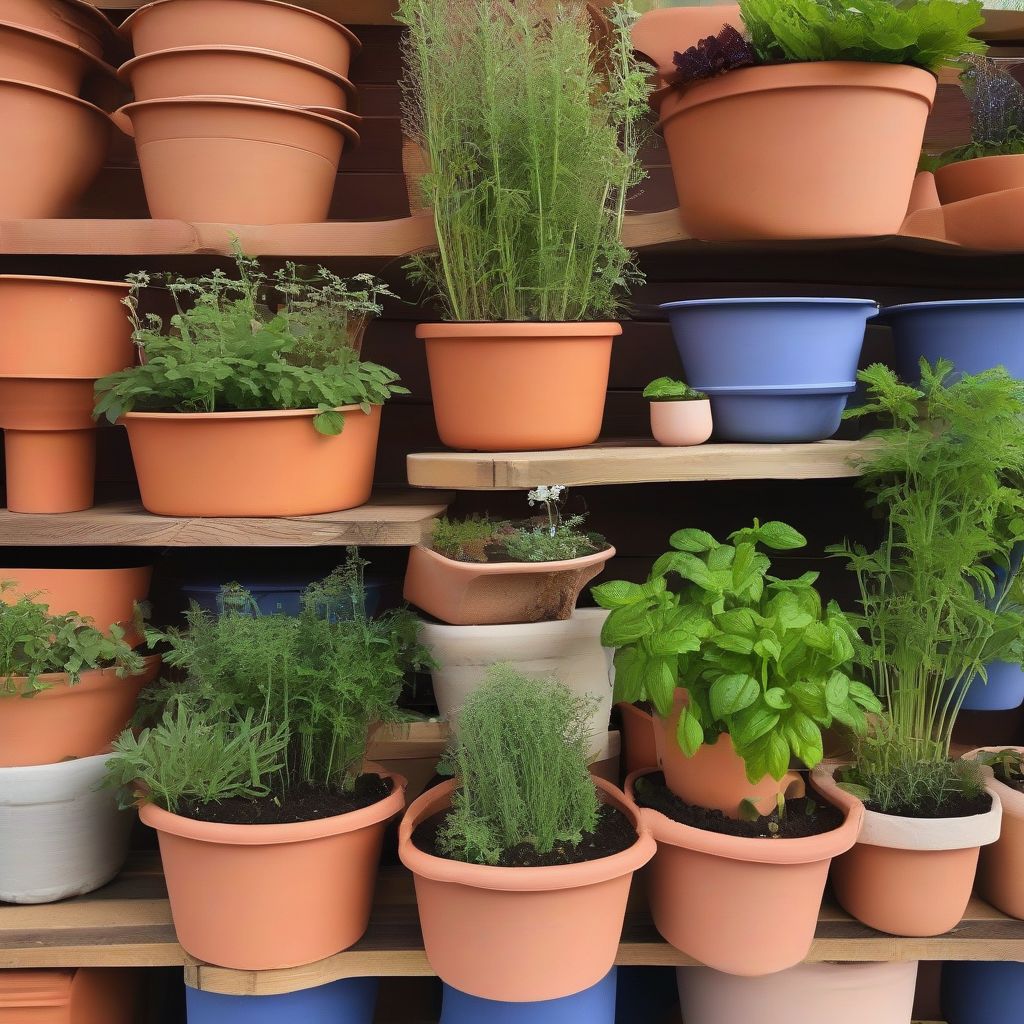Have you ever dreamt of biting into a juicy tomato still warm from the sun, grown right on your balcony? Or snipping fresh herbs for dinner from your very own kitchen windowsill? With a little creativity, even the smallest urban spaces can be transformed into thriving edible oases. Urban gardening is not just about growing your own food, it’s about connecting with nature, enjoying the satisfaction of nurturing life, and adding a touch of green beauty to your surroundings. Let’s explore how you can start your own urban garden, no matter how limited your space may be.
Assessing Your Space and Resources
Before you rush out to buy seeds and pots, take a moment to evaluate what you’re working with.
Light: The Lifeblood of Plants
Sunlight is crucial for photosynthesis, the process by which plants convert light into energy. Observe how much direct sunlight your balcony, patio, or windowsill receives throughout the day.
- 6+ hours of direct sunlight: Ideal for most fruiting vegetables like tomatoes, peppers, and cucumbers, as well as herbs like basil and oregano.
- 4-6 hours of direct sunlight: Suitable for leafy greens like lettuce, spinach, and kale, along with root vegetables like radishes and carrots.
- Less than 4 hours of direct sunlight: Consider shade-tolerant edibles like mushrooms, microgreens, or herbs like mint and parsley.
Space: Thinking Vertical and Creative
Limited space? No problem! Urban gardening is all about innovation.
- Vertical Gardening: Think up! Utilize walls, fences, or railings with vertical planters, hanging baskets, or shelves to maximize your growing area.
- Railing Planters: These space-saving wonders attach securely to railings, perfect for herbs, strawberries, or cascading flowers.
- Stackable Planters: Maximize vertical space while creating an eye-catching display with stackable planters.
Choosing the Right Plants
Selecting plants that thrive in your specific conditions is key to a successful urban garden.
- Herbs: Herbs are generally low-maintenance and thrive in containers, making them ideal for urban gardens. Basil, mint, parsley, oregano, and chives are excellent choices.
- Leafy Greens: Lettuce, spinach, kale, and arugula are fast-growing and can tolerate some shade, perfect for balconies with less sunlight.
- Vegetables: With adequate sunlight, you can enjoy fresh vegetables like tomatoes, peppers, chilies, strawberries, and even dwarf fruit trees.
- Microgreens: Packed with nutrients, microgreens are easy to grow indoors on a sunny windowsill year-round.
Getting Started: Building Your Urban Oasis
Now that you have a clear picture of your space and ideal plants, let’s delve into the practical steps of setting up your urban garden.
Choosing the Right Containers
Select containers with adequate drainage to prevent waterlogging, which can damage roots.
- Pots: Terracotta pots are porous and allow for good air circulation, while plastic pots are lightweight and retain moisture well.
- Grow Bags: Fabric grow bags are an excellent option, promoting healthy root development through aeration.
- Recycled Materials: Get creative and repurpose old crates, buckets, or even bathtubs into unique and charming planters.
 Urban Garden Containers
Urban Garden Containers
Soil and Fertilizer: Nourishing Your Plants
Use a high-quality potting mix specifically designed for containers, providing good drainage and nutrients.
- Potting Mix: Choose a lightweight, well-draining mix that contains perlite, vermiculite, or coco coir for optimal aeration.
- Fertilizer: Supplement your plants’ nutritional needs with a balanced, slow-release fertilizer or organic options like compost or worm castings.
Watering: Finding the Right Balance
Consistent watering is crucial, but overwatering is a common pitfall. Water deeply when the top inch of soil feels dry to the touch, allowing excess water to drain.
- Self-Watering Planters: These ingenious pots feature a water reservoir, reducing watering frequency and preventing underwatering.
- Watering Can or Hose: A watering can with a gentle rose or a hose with a spray nozzle allows for even watering without disturbing the soil.
Maintaining Your Urban Garden: Tips and Tricks
Pest and Disease Control
Keep an eye out for common garden pests like aphids, spider mites, or whiteflies. Use organic pest control methods like insecticidal soap or neem oil.
Supporting Growth
- Staking: Provide support for tall or vining plants like tomatoes or cucumbers using stakes, cages, or trellises to prevent them from toppling over.
- Pruning: Regular pruning helps remove dead or diseased foliage, encourages bushier growth, and improves air circulation.
Harvesting Your Bounty
One of the greatest joys of urban gardening is enjoying the fruits (and vegetables!) of your labor.
- Harvest Regularly: Regular harvesting encourages continuous production and prevents vegetables from becoming overripe or bitter.
- Enjoy Fresh: Use your homegrown produce in salads, smoothies, or your favorite recipes for the freshest, most flavorful meals.
Urban Gardening: A Journey of Growth and Connection
Starting an urban garden, even in the smallest of spaces, is a rewarding experience that connects you with nature, promotes sustainability, and enhances your well-being. It’s about embracing creativity, experimenting with different plants, and finding joy in the simple act of nurturing life.
As you embark on your urban gardening adventure, remember that every seed sown, every leaf unfurled, and every fruit harvested is a testament to your dedication and a step towards a greener, healthier, and more fulfilling life. Don’t be afraid to get your hands dirty, experiment, and savor the delicious rewards of your very own urban oasis.
Ready to Dig In?
Starting an urban garden is a journey filled with learning, growth, and delicious rewards. If you’re eager to explore more about urban gardening, maximizing limited spaces, or sustainable living, check out these insightful articles:
- The Role of Urban Gardening in Sustainable Living
- How to Use Limited Space for Urban Gardening
- Tips for Sustainable Gardening with Limited Resources
We’d love to hear about your urban gardening experiences! Share your thoughts, questions, and tips in the comments below. Happy gardening!
[amazon bestseller=”raised garden beds”]
